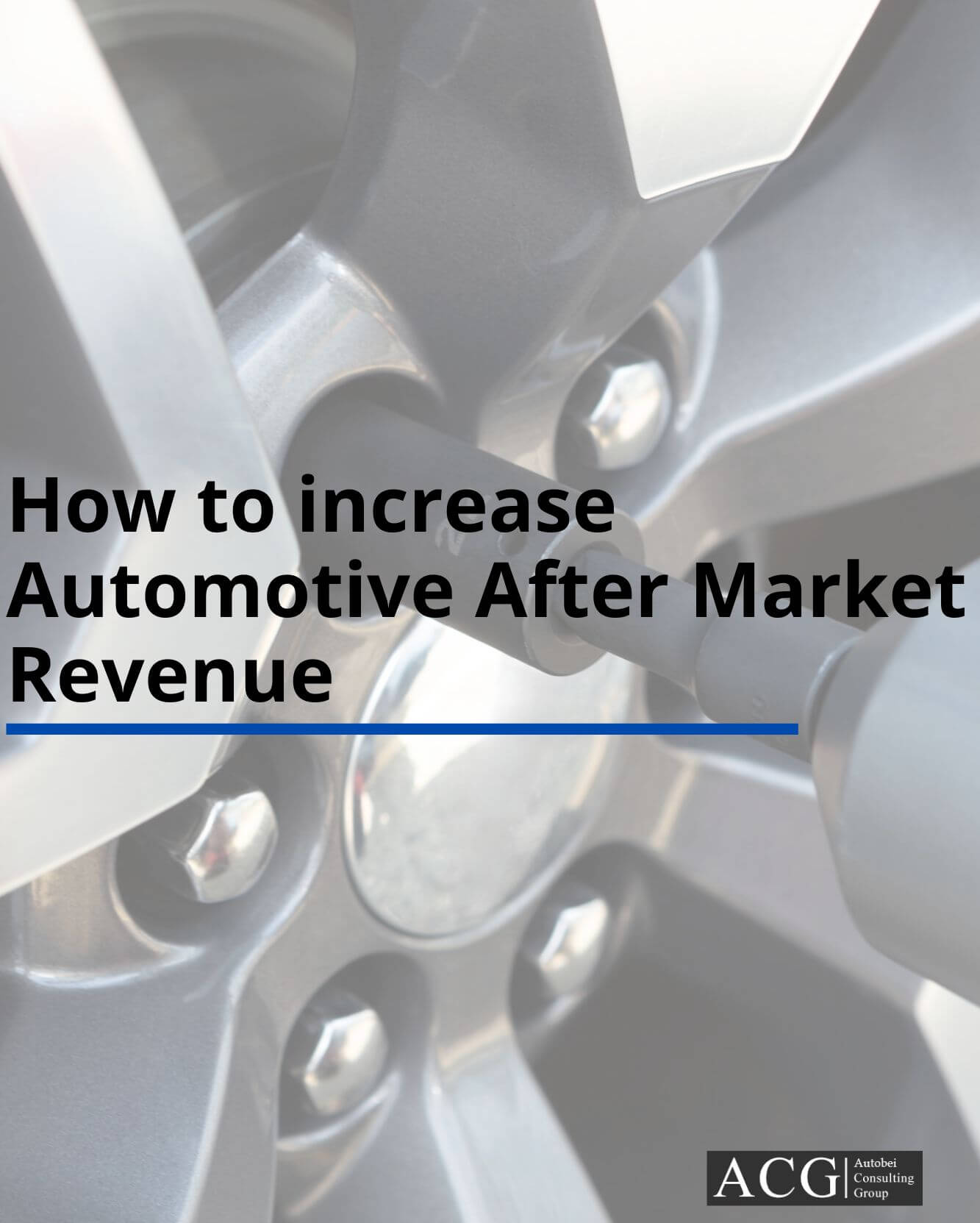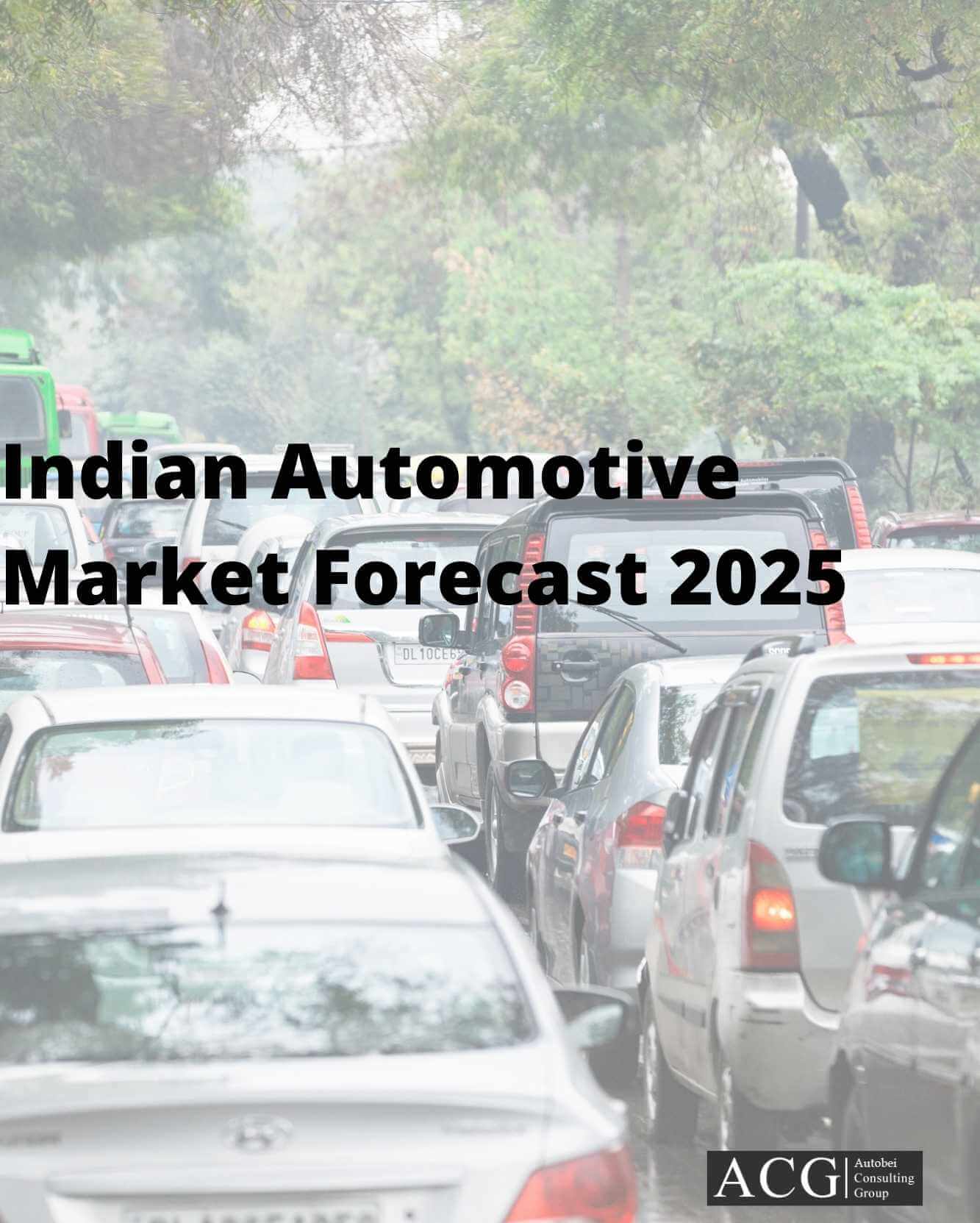The German economy is in healthier shape than it has been in a long time, just before the national election which will hold in September 2017. It is expected that centre-right Christian Democratic Union (CDU) will remain in power, leading to Angela Merkel's fourth term as chancellor.
The German economy – the 5th largest economy in the world in PPP terms, Europe's largest – is a top exporter of vehicles, machinery, chemicals, and household equipment and the largest population in the European Union.
The fundamental of the country economy is strong and domestic demand is rising. As per Bundesbank, (GDP) could grow by 1.9% in 2017, 1.7% in 2018 and 1.6% in 2019. German economy started to pick up in 4th Quarter of 2016 and 1st quarter of 2017.
The Automotive Industry is the backbone of German Industry with Euro 404 billion turnover and 20 percent of total German industry revenue.
Germany is Europe’s largest automotive market; accounting for more than 30 percent of passenger cars manufactured (5.75 million) and around 20 percent of new car registrations (3.35 million). In export revenue also, German Automotive Industry is having the maximum share as per Federal office data.
Germany is having 41 automobile assembly and engine production plants with a capacity of over one-third of Europe’s total automobile production. Out of top Global 100 Automotive suppliers, 21 of the suppliers are German companies. Some of the leading suppliers are Bosch, ZF, Continental, Thyssen Krupp, BASF SE, Hella, Schaeffler, Brose, Bentheler, Draexlmaier, Eberspaecher Holding, Getrag, Webasto, Wabco, Infineon, Getrag, Leoni, Freidenberg, Trelleborg Vibracoustic etc.
German companies are one of the most innovative companies by investing the good amount in R&D activities with 110,000 dedicated employees in R&D department. Around 3 percent of GDP plan to invest on R&D activities for all kind of Industry. More than Euro 21 billion invested in R&D in 2016 which is around 35% of total expenditure on R&D of the country.
The ownership of a vehicle traditionally has a very high importance in Germany. More than 80 percent of Germans own their own car. Around 88% of the German population own at least one car.
German cars and commercial vehicles are known for its innovation, Engineering, Comfort, Features, product age, reliability, safety, and design. The country’s world-class R&D facilities, industry value chain integration, and extremely qualified employees build an internationally superior automotive atmosphere.
German people give preference to German brands as French people, Japanese and some other countries also follow the same tradition.
Buying new car is the second largest investment after buying home. Vehicle finance is another important aspect of Industry. The majority of retail customers finance the vehicle through loan and for corporate clients go through leasing option. Dealers collaboration with financing solution also play an important role to promote the financing option. Almost all major OEMs like Daimler, BMW, MAN, Audi, Volkswagen, Scania, Skoda are having their own financing company. There is attractive growth potential for automotive finance solution. VW Bank and Santander are most popular for car financing and leasing account around 67% market share. BMW Bank is also the strong player in captive finance with around 11% market share and other players are having around 22% market share.
Passenger Cars: Around 5.7 million cars have been produced in 2016. More than 40 percent cars produce of premium category. Worldwide country market share in premium car production is around 70 percent. In 2016, German brands accounted for nearly two-thirds (64.8%) of the car fleet. 3.4 million newly registered passenger cars and thus +4.5 per cent more compared to previous year. Including 11,410 electric vehicles (-7.7%) were 47,996 cars with hybrid drive (+ 42,7%) (13,744 with plug-in). Gasoline (52.1%) and diesel engines (45.9%) continued to dominate the automotive market, with the share of diesel-powered vehicles declining by more than two percentage points. After German OEMs, Japanese OEMs are having 9.3, French 7, the Czech Republic 5.6, South Korea 5.1, Spanish 2.9, Italian 2.5, Romanian 1.5, Swedish 1.2, British 1, American 0.5 and others 0.1 OEMs market share in 2016. Model wise Audi and BMW are having highest top models. Sedan and SUV body type expected to command the market if OEMs will offer rich product portfolio to their customer. However, German like small cars due to their life style and vehicle tax structure.
The compact class (26.2%), the small cars (19.5%) and the middle class (15.1%) are still the most frequently represented in the segments of passenger cars; Their shares hardly changed. Once again SUVs (+ 20.3%) and off-road vehicles (+9.6%). Once again SUVs (+ 20.3%) and off-road vehicles (+9.6%) showed particularly high rates of increase. They now reached 4.8 percent and 4.5 percent, respectively. The most common fuel types for passenger cars remained petrol (65.5%) and diesel (32.9%). The number of electric cars rose to 34,022 and the number of hybrid passenger cars rose to 165,405 vehicles, an increase of +33.4 percent or + 26.8 percent for these alternative types of drive.
The number of cars with the Euro 6 emission class doubled (13.4%), but the largest shares were still allocated to Euro Classes 4 and 5 (33.2% and 29.4%).
The average age of the cars registered on 1 January 2017 reached 9.3 years compared to 9.2 years to previous year. There are 600,000 cars (1.3%) were older than 30 years. Used car market size is more than double of new cars. Since the used car is well maintained in Germany and there is the quantum difference in New car and Used car price, many people prefer to buy a used car. Electric cars are on a breakthrough, and even faster than expected. The major challenges are charging infrastructure, range anxiety, and pricing. OEMs are authorities are working on those issues and expected to address it by 2025. Electric passenger cars will dominate the market with more than 90% market share.
The 40 plus people normally have a luxury car. The newly employed or young people normally buy Budget segment car. In our report, we have covered multiple factors of buyer’s behavior including the second-hand car. The population in Germany expected to decline until 2030, and at the same time the people of more than 65 years will rise and the people below 20 years is expected to fall. This equation does not give the good sign for Industry and its requirements of the talent pool.
Advertisement and Digital Technology Strategy: The traditional TV ad strategy still most effective compared to other new technology like digital marketing in Germany. As per Arbeitsgemeinschaft in 2016, TV is the ruler of auto industry advertising in Germany. Industry allocated advertising budget of around 44% of automotive industry ad spending in Germany in the first half of 2016. This amount is more than double the share spent on the next closest ad medium. The country’s auto industry allocated a total of €382.5 million to TV ads in that particular duration.
Another ad platform was having a small amount of budget. AGOF found almost 20% of auto industry ad spending went to newspapers (Print Media), 15% was keen to digital marketing, 11% went to consumer magazines and 10% went to radio. Only 2% of auto industry ad budget allocated for mobile marketing.
However, online media are one of the most popular media to get first-hand information on the auto industry. ACG also expected to see double digit growth in digital media by 2020. Artificial intelligence will also play an important role in influencing customer decision by 2030 as per our study on Auto Industry.
Commercial Vehicle: Germany is also one of the architectures of shaping commercial vehicle Industry in most of the markets. The Countries’ commercial vehicle sector directly employs more than 180,000 people, which makes it a very significant Industry in manufacturing industry category. Every day around 2.8 million commercial vehicles move on the roads to transport goods and carry a passenger from one place to another place. Commercial vehicles dominate freight traffic with more than 72 percent traffic share in Germany.
The number of registered commercial vehicles also climbed by 2.8 percent to 5.5 million. Including 2.9 million trucks (+4.0%), there were around 0.2 million tractor units, 1.4 million agricultural and forestry tractors, and just under 79,000 motor coaches.
From 2014 onwards, the GVW 6T plus segment became stable in Germany. New registrations raised notably in comparison to last year. The 83,400 newly registered heavy commercial vehicles surpassed the previous year’s level by 5 percent. German Light Commercial Vehicle Market registered 8 percent growth in 2016 compared to last year. 2016 was a peak year for this segment. For more than 6T also, 2016 was the positive year for Industry. 3 Percent growth was registered in 2016.
Light commercial vehicles in Germany in 2015 grew by 4 percent to 244,200 units, touching a new record. Online business was one of the key drivers of this growth. In the previous year, the online market had around 10 percent market share which creates demand for distribution type truck.
5,139 units registered in over 8T category which contributes around 80 percent of German Bus market in 2016 with significant growth of 8 percent. The long-distance buses are in demand in Germany to give a boost to the market. New bus route expanded, fuel price, comfort, and other market dynamics support the growth. Buses carry over 5 billion passengers annually, which is around half of the capacity of local public transport in Germany. Rising quality requirements for local public transport, as well as higher emissions and environmental standards, require the fleet to be updated on a continuous basis.
ACG forecast that Light Commercial Vehicle Segment (Upto 3.5T GVW) will excellent growth in 2017. More than 6T segment expected to show 1 to 2 percent growth in 2017.
Bus segment GVW more than 8T showed excellent growth of 10 percent in 2016 compares to last year. ACG forecast that this segment will maintain double digit growth in 2017. City Bus segment is shifting heavily to E- busses next years because of Govt support. The government allowed to use Electric Bus for long distance traveling, ACG is expecting that around 60 to 70 percent buses will be Electric Buses by 2030. This will be a new way of economy transportation of passengers.
Strategy: OEMs are working on common product platform product concept for internal brands and now started to consider external also. It is possible to extend such sharing for manufacturing also especially in a region like East Africa.
Technology companies are having tie up to develop software solution like a connected vehicle with multiple OEMs. OEMs are also open for such concept to save cost and minimize risk. The distribution model is going have the strategy but still proven model successfully implementation like online sales in any region.
Report Highlights:
- What are the trends and forecast impacting the German Auto Market?
- Model and Brand Level Production Data – Trend and Forecast 2023
- Car, Bus, Truck Analysis Product and market analysis
- Second-hand Vehicle Market
- OEMs Strategy Analysis
- Price position and analysis
- Network Analysis
- Sales and Distribution Analysis
- Segment wise Customer buying behavior and expected change
- Product Analysis
- Brand position
- Product Analysis
- Product life cycle and Product Age
- Market and Segment Share movement
- Demographic Analysis
- Industry Analysis like construction, mining, and Logistic
- SWOT Analysis
- New Challenges and Opportunities Analysis
- Company Business review – Daimler, BMW, MAN, Porsche, Volkswagen, Audi, Skoda, and other top 10 OEMs and Auto Suppliers
- Emission challenges
- Product Key Specs
- Product USP
The report is available for Premium Subscriber also, If you are not the premium subscriber please contact to nidhi.singh@autobei.com
Customize Report Option is also available




